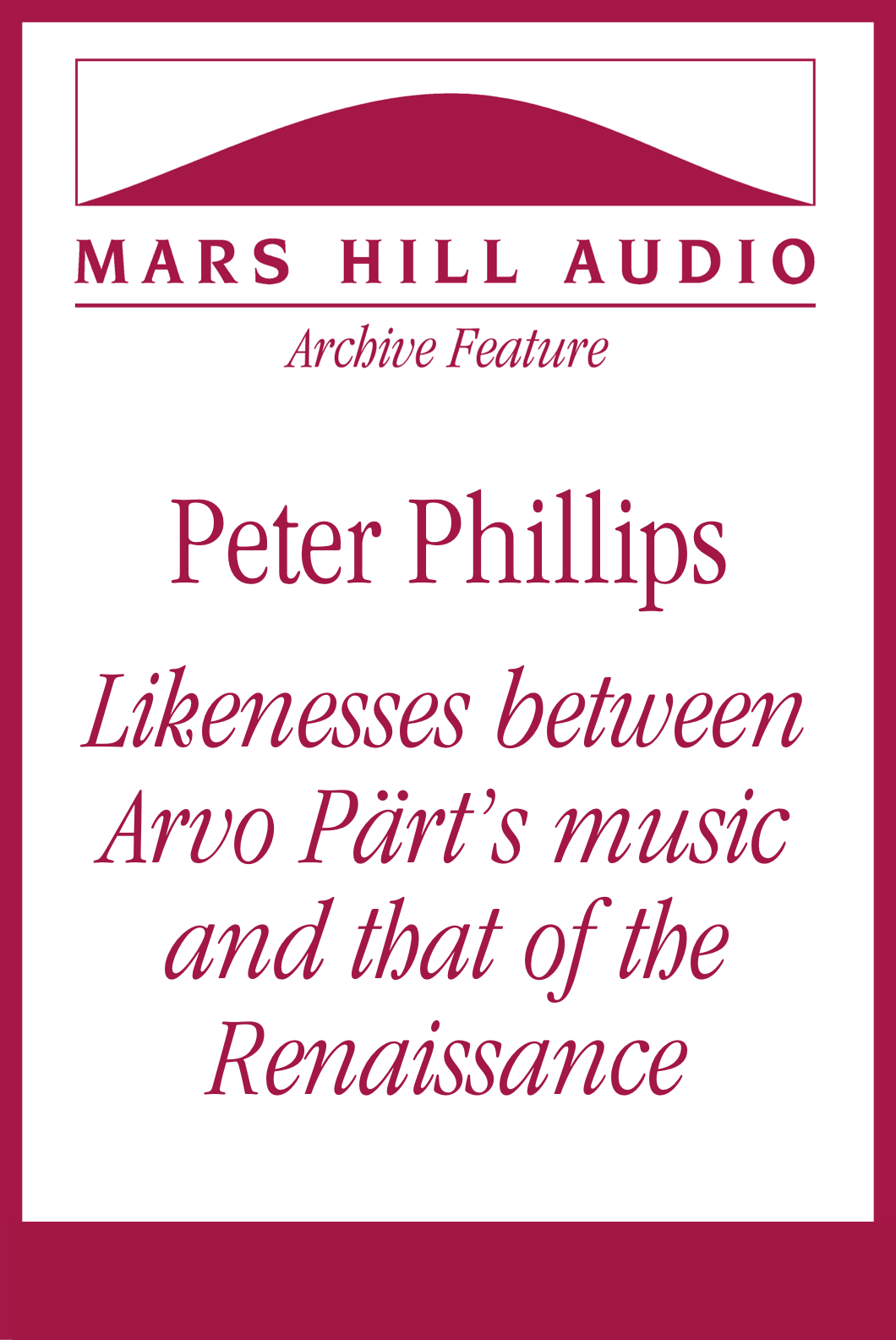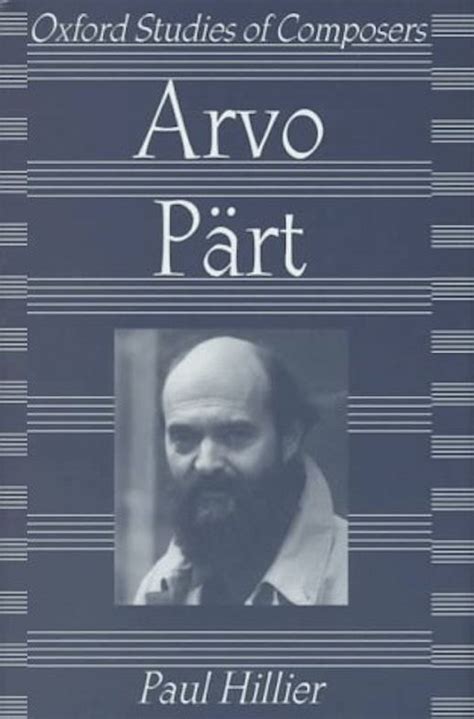
originally published 3/29/2016
Conductor Peter Phillips perceives a compatibility between Arvo Pärt’s music and that of Medieval chant and Renaissance polyphony. Though this compatibility is subtle and difficult to analyze, Pärt’s music shares with Renaissance sacred music a type of musical space that is contemplative and unhurried. One defining aspect of this space is Pärt’s use of bell-like, or bell-inspired, sounds, which he called “tintinnabuli.” The soft, yet precise, harmonic language of bells became the organizing principle in Pärt’s musical language. This interview was on Volume 129 of the Journal.
22 minutes
PREVIEW
The player for the full version of this Feature is only available to current members. If you have an active membership, log in here. If you’d like to become a member — with access to all our audio programs — sign up here.

“All music emerges from silence, to which sooner or later it must return. At its simplest we may conceive of music as the relationship between sounds and the silence that surrounds them. Yet silence is an imaginary state in which all sounds are absent, akin perhaps to the infinity of time and space that surrounds us. We cannot ever hear utter silence, nor can we fully imagine such concepts as infinity and eternity. When we create music, we express life. But the source of music is silence, which is the ground of our musical being, the fundamental note of life. How we live depends on our relationship with death; how we make music depends on our relationship with silence. . . .
“[Pärt’s] aesthetic sensibility has been deeply marked by the spiritual values of the Russian Orthodox Church and its particular estimation of tradition and focus on verbal expression. More than in Western Christian liturgy, Orthodox liturgy eschews the everyday mode of speech so that some manner of singing is used for all types of utterance (except sermons). These may range by degrees from solo monotonal recitation to full choral polyphony, but there is no boundary separating portions of what is basically heightened speech from the more conventional harmonic kinds of singing. Instead, the whole service is a flux of different gradations of musical complexity, at the heart of which is the word, its meanings duly balanced according to content and liturgical significance by appropriate musical formulation.”
— from Paul Hillier, Arvo Pärt (Oxford University Press, 1997)